Crypto investors familiar with ERC-20 now have a new standard to watch: VRC-20. Introduced by Vana, an EVM-compatible Layer 1 blockchain, VRC-20 is designed to tokenize real-world data, aiming to bring trust, liquidity, and utility to data markets. The new standard enables secure and transparent trading of data-backed tokens, directly linking them to data utility.
Vana's VRC-20 includes built-in rules for fixed supply, governance, and continuous liquidity. It also ensures token holders can access real data, positioning VRC-20 as a key infrastructure layer for the emerging data economy. According to Vana, “This isn’t speculation. This is real financialization of data.”
Since launching its mainnet in December, Vana has onboarded over 12 million data points through DataDAOs—decentralized data liquidity pools that tokenize user-contributed data for applications like AI model training. In a recent update, Vana shifted its token incentive model: DataDAOs must now issue VRC-20 tokens to qualify for liquidity support, replacing previous VANA emissions.
To further secure the network and improve data availability, Vana introduced data validator staking. VANA holders can now stake tokens to validators, earning rewards based on uptime and network contribution rather than passive staking. This model ties staking rewards to real utility and usage.
At the time of writing, the VANA token traded at $5.58, down from its recent high of $8.78, according to TradingView data. As demand grows for user-owned data and decentralized AI training, VRC-20 could become a foundational standard in the tokenized data economy.





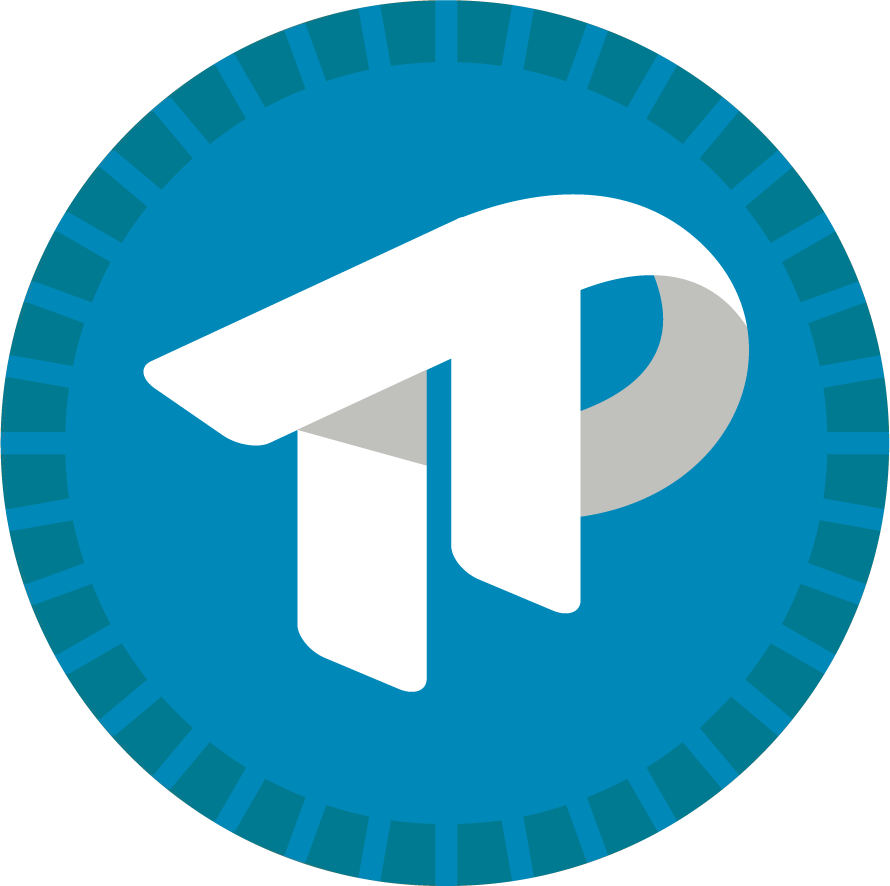

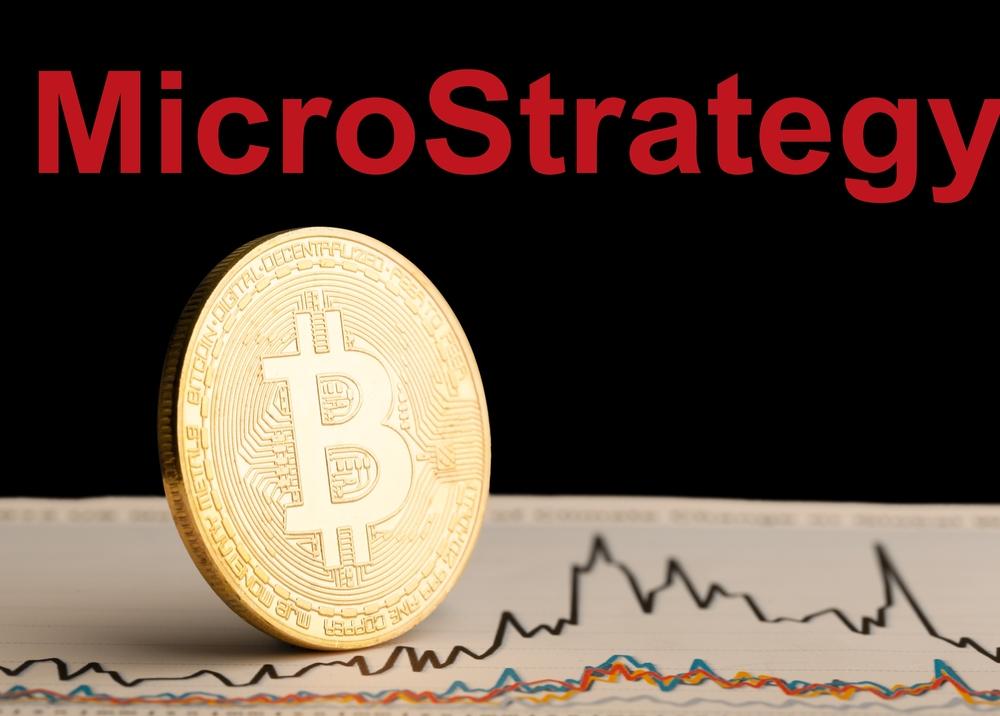

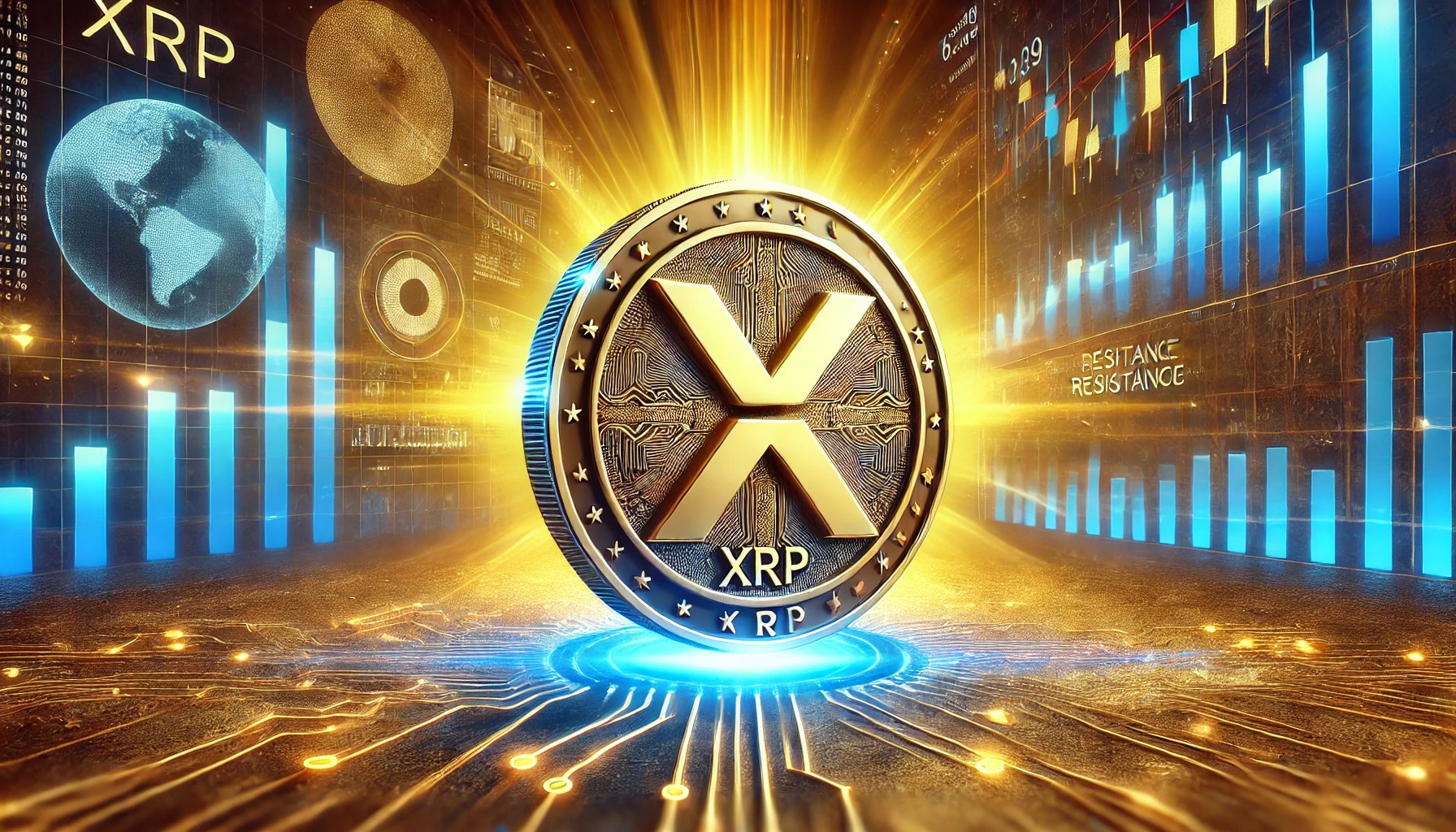

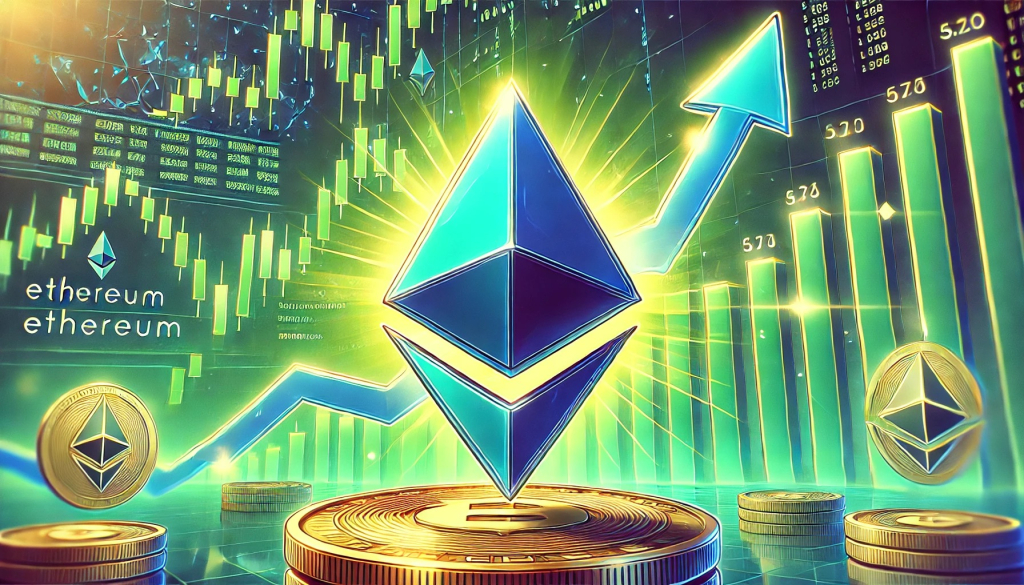


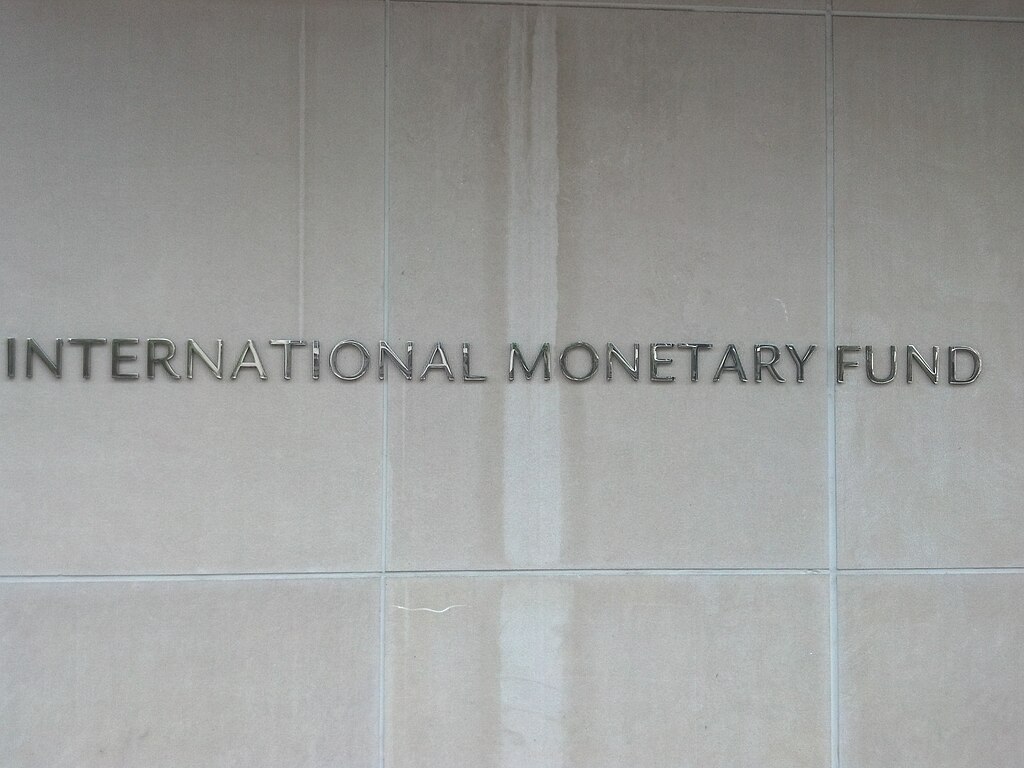
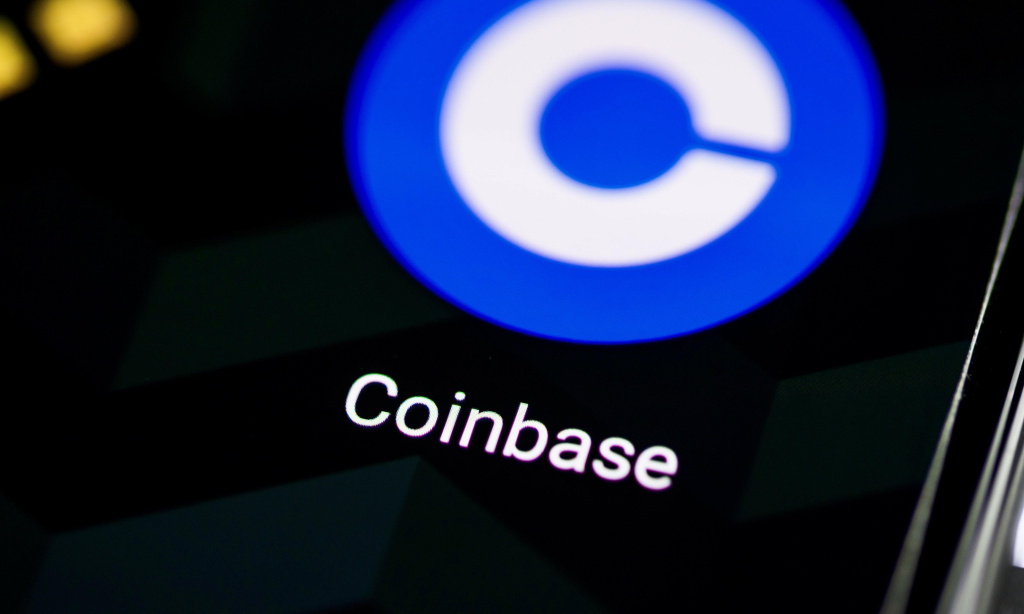

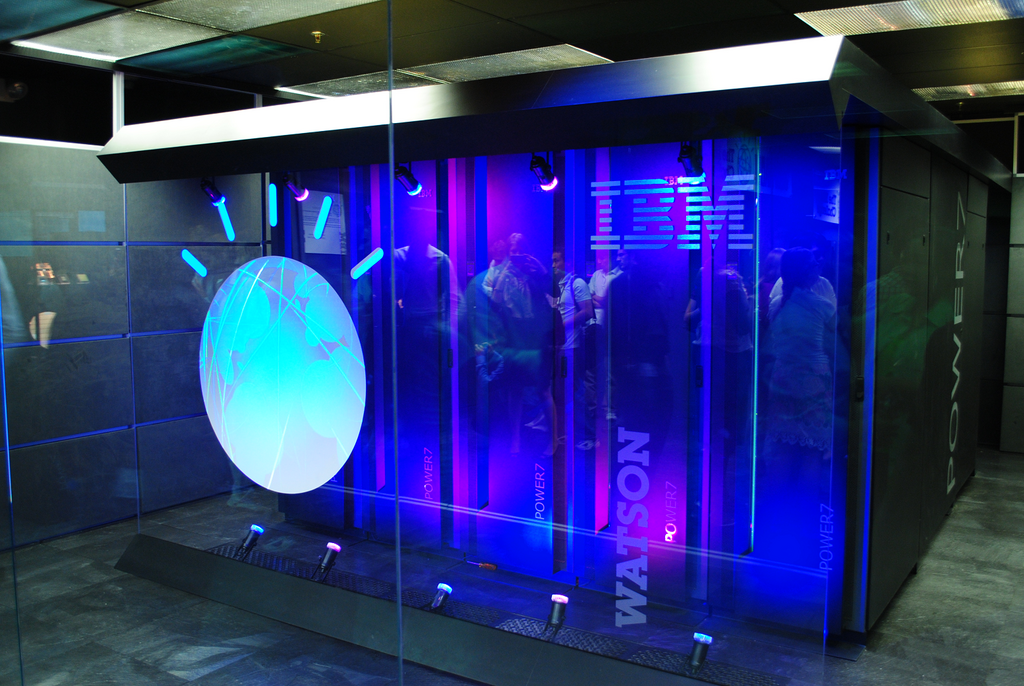


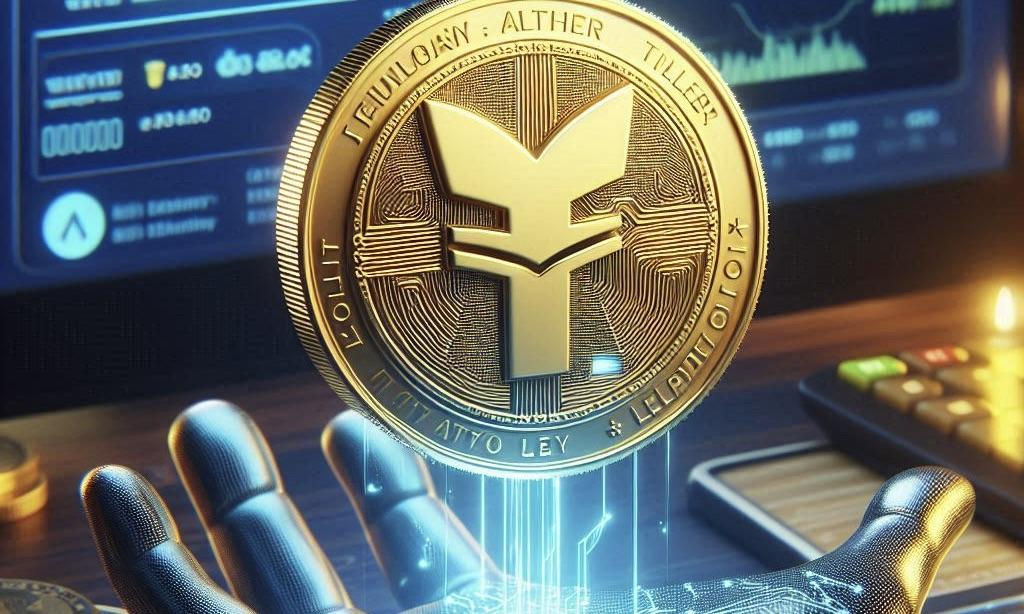

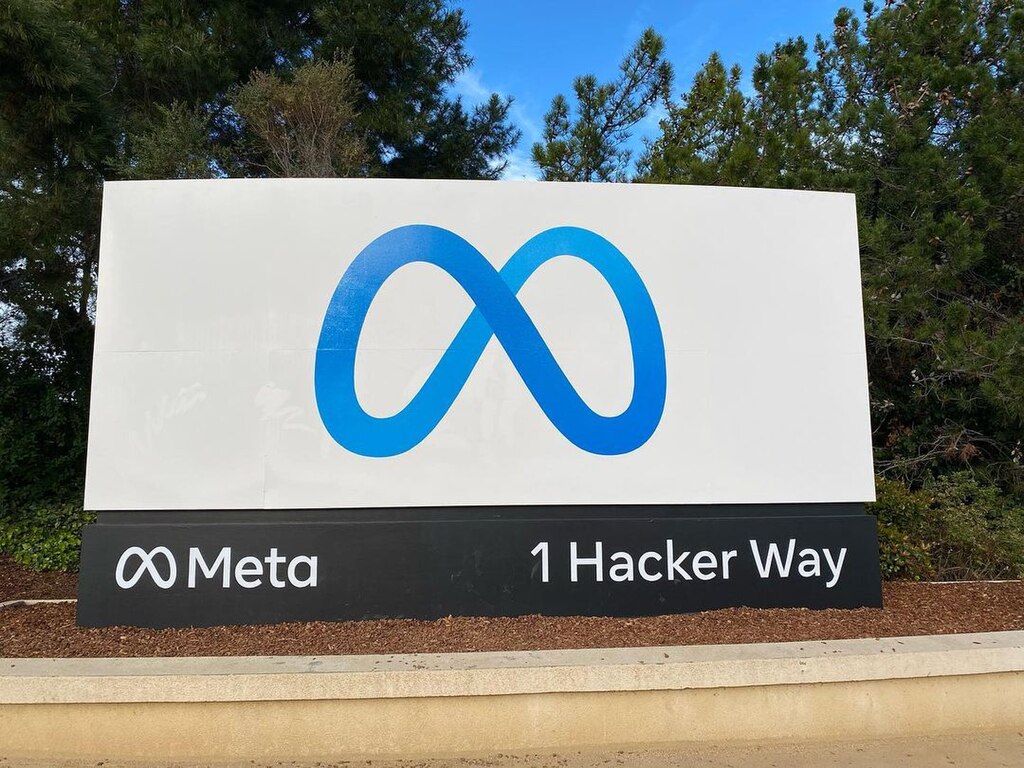




Comment 0